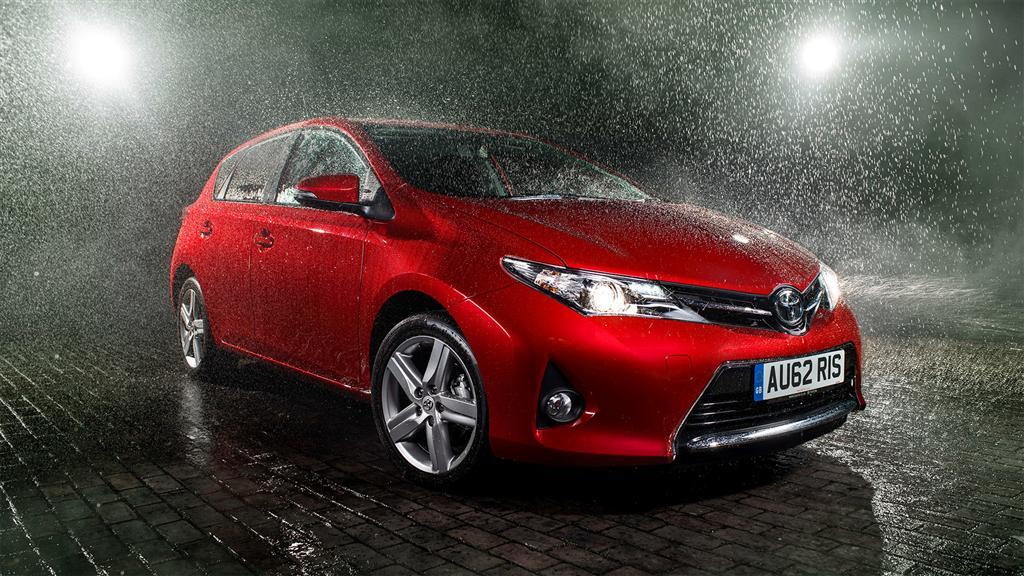Whether it’s just a drizzle or heavy rainfall, driving in wet conditions can be one of the most challenging tasks of your life.
Whether it’s just a drizzle or heavy rainfall, driving in wet conditions can be one of the most challenging tasks of your life.
The road accident rate increases drastically in rainy conditions. The best way to avoid accidents is by staying indoors, but, at some point, you have to leave your home.
Here are a few things you should keep in mind before you take your vehicle on a wet road.
Tips for Driving in the Rain
Wait Until the Weather Improves
If you are scared of driving in the rain, the best way of avoiding any uncertainty would be postponing your itinerary or commute and wait for the weather to get better.
If you feel uncomfortable driving in wet conditions, it does not make sense to put your life at risk.
Double Check Your Car’s Equipment
Always keep the car’s equipment in working order so in case you encounter any bad situation, you can handle it. Assure the taillight, windshield wipers and headlights are in good condition.
The Tread of Tyres
Also, check the tread of your car tyres. Balding tyres can severely reduce traction on wet roadways.
Drive Slowly
Strictly follow the posted speed limit when driving in rainy weather. Keep the speed of your car at a slow speed. Roads with contaminated water are a threat to safety, the reaction time of your car parts becomes considerably low when the conditions get wet. So, driving at a reduced speed is crucial.
Turn on your Headlights
In most countries, the driver needs to turn the lights on when driving in rainy weather. Even when it’s drizzling, your vehicle’s light makes the vision better for both you and the other person driving on the road.
Use your Windshield Wipers
We know that using windshield wipers is common sense, yet some drivers forget to use them in rain.
The speed of the windshield wiper can be adjusted to clean the wet glass whether it is a light haze or a heavy downpour.
Maintain a Proper Distance between Vehicles
Keeping an optimal distance between your vehicle and the car next to you is important. During wet conditions, double the distance that you normally keep between the vehicles as stopping the car in rain is difficult.
Avoid Heavy Braking
When the roads are wet, the chances of hydroplaning increase. Never hit the brakes instantly. Use the brakes gently rather than hitting it once with full force. Also, avoid using cruise control as it may disturb your attention in using the brake and gas.
Watch Out for Standing Water
The chances of hydroplaning doubles in standing water as the tyres do not get enough traction and slide on slippery surfaces. To avoid any accident, steer safely around such places and keep on changing lanes.
Don’t Panic if the Vehicle Hydroplanes
Hydroplaning is common in wet conditions. If it does, don’t panic. You need to handle it by staying calm. Firstly, if you are already driving slow, it will be easy for you to handle it.
Here’s what you need to do:
-
Take off your foot from the accelerator
-
Look for open space
-
Steer in the direction you want to go
-
Don’t take any sudden turn
-
Don’t hit the brakes suddenly as it can cause a spinout
Ventilate Your Car
Rain increases the humidity levels. The windows of your vehicle may get misty. Mostly, the ventilation systems in automobiles work to reduce this type of fog or mist which clears the glass of windows and windshield.
If too much fog accumulates inside the car, it might be necessary for you to stop the car on the side of the road.
Conclusion
It does take some effort to make sure you are driving safely in wet conditions. While you can decrease the chances of an accident by employing these tips, always remember that the best way to avoid any uncertainty is by driving slowly.





